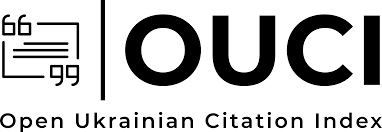Effect of Different Light Spectra on the Growth of Potato Varieties Under Micropropagation Conditions
DOI:
https://doi.org/10.54361/ajmas.258483Keywords:
Micropropagation, Light Spectra, Tissue culture and PotatoAbstract
Potato ranks as the third most significant food crop worldwide for human consumption, following rice and wheat. According to worldwide statistics, potato production is increasingly moving to developing countries, with substantial growth in production and the area harvested, particularly in Asia and Africa (notably East Africa) and in Latin America and the Caribbean (LAC). The main objective of this investigation was to ascertain the most suitable light type for plant tissue culture laboratories by exposing plant tissues to four light spectra (red, blue, white fluorescent lamps, and a blend of red and blue fluorescent lamps) and establishing contamination-free tissue cultures for two potato cultivars, Spunta and Agria, to analyze their responses to various light spectra. The obtained results indicated that the best sterilization treatment was obtained when explants were immersed in a Sodium hypochlorite (NaOCl) 3% for 15 minutes. When the explants were exposed to different light spectra (red light, blue light, white light, red and blue mixture), the results of this study indicated that red light outperformed the other treatments in terms of plant length, number of leaves, number of branches, and number of roots. In addition, it was evident from our results that blue light positively influences the production of chlorophyll (T, a, and b).
Downloads
Published
How to Cite
Issue
Section
License
Copyright (c) 2025 Wagdi Ghaleb, Abosalah Hanan, Kheri Lazrag, Masoud Alsheebani, Abdulmonem Daabub, Ahmed Shaaban, Elmundr Abughnia

This work is licensed under a Creative Commons Attribution 4.0 International License.














